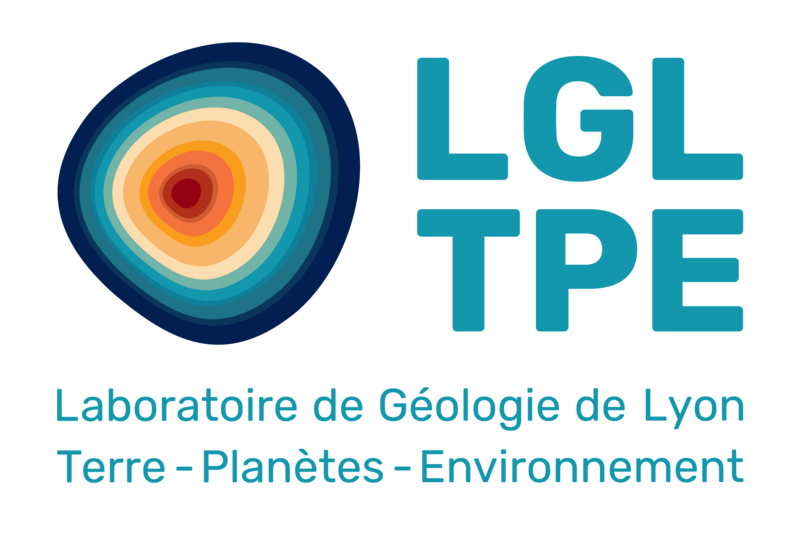
14-15H
ENS, Amphi L
Sulfur is highly mobile element and exhibits an eight-electron range in oxidation states (S2- in sulfide to S6+ in sulfate), as a result sulfur drives many biochemical and geochemical reactions. The exchange of sulfur between Earth’s exterior and interior during subduction is an important long-term component of the global sulfur cycle. Oxidized sulfur species in slab fluids have been proposed as a vector for the oxidation of the subarc mantle and arc magmas relative to their mid-ocean ridge equivalents. However, other mechanisms involving magma source, transport, and crystallization have been proposed.
Thermodynamic models1 of slab fluids indicate that the stability of oxidized vs reduced sulfur species depends strongly on the iron content, Fe3+/SFe, and thermal structure of the subduction zone. Colder slabs are predicted to release greater sulfur fluxes dominated by sulfate and sulfite species, whereas hot slabs release lower fluxes of reduced sulfur species (H2S, HS-). Sulfur oxidation occurs when sulfur in pyrite is oxidized through the reduction of ferric to ferrous iron. Evidence for the reaction(s) includes low Fe3+ minerals and sulfur concentrations in natural dehydrated high-pressure rocks (eclogites) compared to their protoliths. Additionally, X-ray Absorption Spectroscopy of sulfur-in-apatite from high-pressure reaction zones from an exhumed subduction complex in Syros, Greece, show that these rocks were oxidized by sulfate-bearing fluids passing through the subduction channel2. Combined with new observations from arc volcanos, these data suggest that sulfur plays a key role in controlling arc magma redox.
1Walters, JB, Cruz-Uribe, AM, Marschall, HR (2020). Geochemical Perspectives Letters 13, 36-41.
2Walters, JB, Marshall, HR, Grützner, T, Klimm, K, Konecke, B, Simon, A (2023). Goldschmidt Conference Abstracts. https://doi.org/10.7185/gold2023.20725
